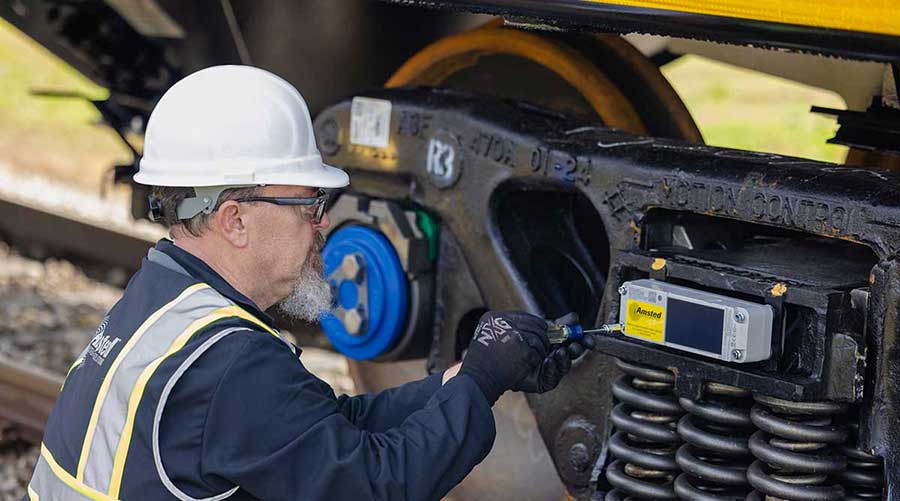Stay updated on news, articles and information for the rail industry
June 2012
Rail News: Rail Industry Trends
Freight rail traffic data and infrastructure spending trends, June 2012
While partisan politics at the federal level may be preventing Congress from agreeing on a long-term surface transportation bill, state and local governments have been taking funding matters into their own hands, according to a new report from the Urban Land Institute (ULI) and Ernst & Young L.L.P.
Released May 9, "Infrastructure 2012: Spotlight on Leadership" examines how global recession fallout has resulted in a decline in government funding for major infrastructure projects across Europe, Asia and the United States. The report also analyzes how U.S. state and local governments have been able to fund critical infrastructure projects on their own with sales or gas taxes, bond issues, tolls, user fees, public-private partnerships and other strategies.
Going To The Voters For Funds
For example: Ballot initiatives to fund transit capital projects or operations had a 73 percent success rate between 2008 and 2011; more than a dozen states raised fuel taxes over the past year; and some local governments applied tax incremental financing or explored private funding alternatives such as sovereign wealth funds or pension plans to pay for infrastructure projects, the report says.
"Local governments are stepping up to the plate, assuming more responsibilities and leveraging many sources of funding to build the infrastructure to bolster flagging economies and position for the future," said Maureen McAvey, senior resident fellow at ULI, in a prepared statement.
In recent years, the United States has continued to lag behind its global competitors in infrastructure funding. This year, however, the report points to a marked infrastructure spending decine in Europe due to its debt crisis and related austerity measures.
"In both the U.S. and Europe, the era of massive infrastructure investments may be over," said Ernst & Young's Global Real Estate Leader Howard Roth.
The global recession also has prompted China, which has invested aggressively in state-of-the-art transportation, to scale back this year.
|
|
|
|
|
|


 LRW Honors Amtrak’s Acheson As Railway Woman Of The Year
LRW Honors Amtrak’s Acheson As Railway Woman Of The Year
 From Editor-In-Chief Foran: Of Gender Equity And Inclusion
From Editor-In-Chief Foran: Of Gender Equity And Inclusion
 Spotlight On Some Of Today’s Rail Safety Products
Spotlight On Some Of Today’s Rail Safety Products
 Women of Influence in Rail eBook
Women of Influence in Rail eBook
 railPrime
railPrime










